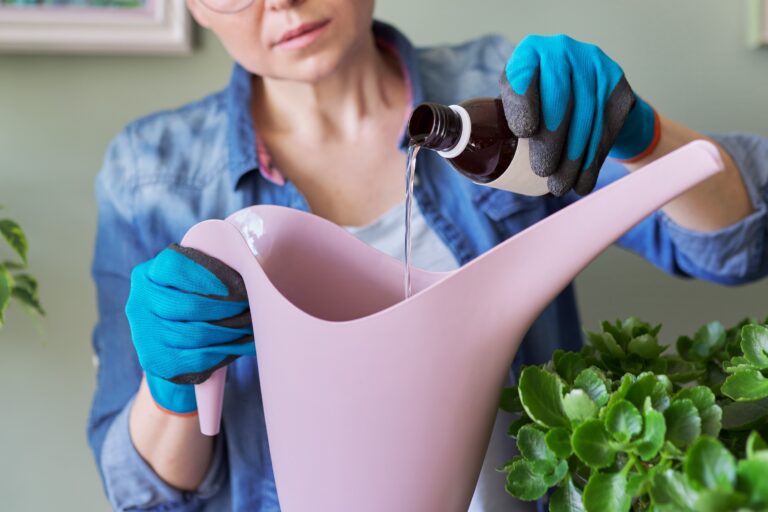If you’re a plant enthusiast, then you know that your indoor plants require a balance of light, water, and nutrients to thrive. While water and sunlight are easy to provide, it can be challenging to find the right liquid nutrients for indoor plants without breaking the bank. Fortunately, there are plenty of cheap and effective…
